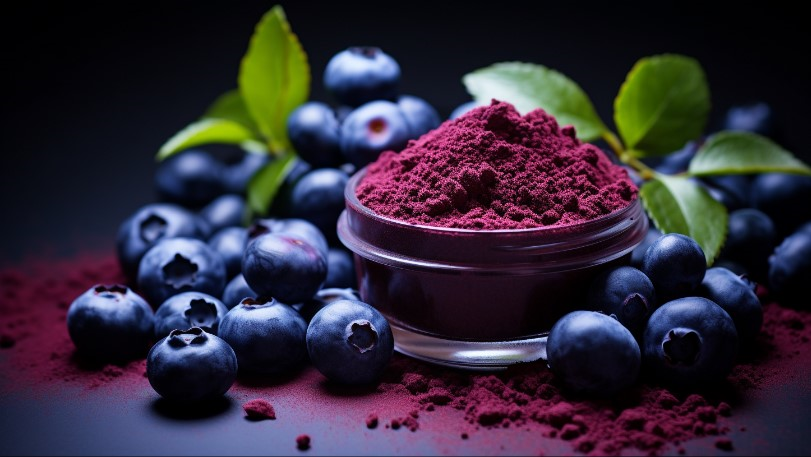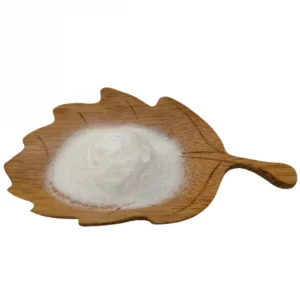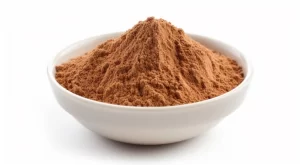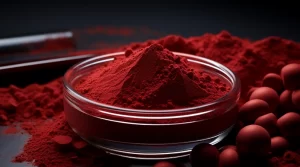"컬러풀 콘택트렌즈의 열매" 빌베리의 과거와 현재의 삶

European bilberry morphological characteristics
Bilberry is a deciduous shrub with small, oval leaves and spherical flowers that are rose-colored with light green. The berries are dark blue to black purple, and the berries are solitary or opposite.
Bilberry History
Bilberry is an edible fruit among Nordic folk. It has a history of more than 100 years and is a small fruit tree species that has attracted much attention in the world’s fruits. Folks have discovered during consumption that this fruit can regulate eye fatigue, improve night blindness, and prevent myopia, presbyopia, and glaucoma.
During World War II, the British and French air forces designated jam made from European bilberries as a special food to improve the accuracy of bombing. To this day, lingonberry jam is still designated as “the pilot’s breakfast” by the British and French air forces. In Japan, bilberry is known as the “fruit of beautiful contact lenses” and is widely favored by young people and women.
Distribution area
It is a wild shrub mainly distributed in Europe, Russia, northern Asia, North America (the United States and Canada) and the Alps at altitudes of 1500 and 2000m. It is more widely distributed in Northern Europe.
Element
Contains a large number of flavonoids, of which anthocyanins are the main ones, including cyanidin, delphinidin, paeoniflorin, petunia, cotton sunflower, etc., as well as lactose, arabinose and Glucoside.
main value
Research by many international research institutions has confirmed that the active ingredient of European bilberry is anthocyanin (also known as anthocyanin, referred to as VMA). Its main functions are divided into several aspects:
1. Enhance capillary resistance by stabilizing the capillary collagen fiber network, maintaining normal blood vessel permeability, improving microcirculation, and regulating microvascular blood flow.
2. It has a very strong antioxidant effect and inhibits the damage of free radicals to capillaries.
3. Accelerate the regeneration rate of rhodopsin, improve (night) vision, reduce dazzling, and improve dark adaptation.
눈 보호
Anthocyanins can reduce eye fatigue, improve night vision, and prevent cataracts. It can also improve people’s amblyopia, accelerate the regeneration of rhodopsin, improve night blindness or dark adaptation, and improve the recovery ability of eye fatigue. Protect the capillaries in the retina, improve eye blood circulation, and improve vision.
Bilberry is often used to improve night vision. A widely circulated story tells that during World War II, British Air Force pilots consumed lingonberry jam to improve their night vision and better perform night flying missions. A laboratory study has preliminary evidence that bilberry consumption has an inhibitory effect on eye diseases similar to macular degeneration.
항산화제, eliminate free radicals
Anthocyanins have a strong ability to scavenge reactive oxygen species and free radicals, so they have strong antioxidant properties. Long-term consumption can eliminate toxic chemicals, free radicals, etc. in the body.
Prevent thrombosis
Flavonoids can strengthen capillaries, improve blood circulation, inhibit platelet coagulation, prevent the formation of thrombus, and reduce the frequency of arteriosclerosis.
항암
Special compounds such as ellagic acid, ellagitannins, folic acid, anthocyanins, and flavonoids can inhibit the enzyme activity of rapid proliferation of cancer cells.
As a deep purple fruit, bilberries are rich in anthocyanins, which have strong antioxidant effects. In folk medicine, bilberry extracts or herbal remedies are often used to prevent infections or skin diseases.
Difference Between Bilberries and Blueberries
Bilberry is often confused with blueberry. In fact, they are two species of the same family and genus but different species. They also have many differences in plant and fruit morphology.
The fruit of the bilberry is smaller than the blueberry, but the taste is richer; the color of the fruit is darker than the blueberry, black and purple; the pulp of the blueberry is green, while the pulp of the bilberry is red or purple. When eating fresh bilberry fruit, The fingers and lips of the eater are easily stained, so some dentists in Europe often use its red juice to demonstrate to children how to brush their teeth correctly, because the areas of the teeth that are not brushed will be stained.
The fruits of blueberries are in clusters, while the fruits of bilberries are often solitary or opposite. The fruits are softer and juicier than blueberries, so they are not easy to transport, and the price of fresh fruits is often higher. Frozen bilberries can be stored all year round.
The main effects of bilberry extract on eye diseases
Bilberries are rich in anthocyanins. More than 15 different anthocyanins are found in bilberries. Anthocyanins may help maintain capillary integrity and stabilize collagen. Anthocyanins are also powerful antioxidants.
Bilberry extract has shown significant eye-helping effects, presumably by improving the ability of oxygen and blood to travel to the eye. The source of many eye diseases, including cataract formation and macular degeneration, is ultimately due to free radical damage to the eyes. Bilberry extract acts as a powerful antioxidant to protect eyes from free radical damage.
Cataract
In one human trial, bilberry extract stopped the development of cataracts in 97% of 50 patients with elderly cortical cataracts.
Macular degeneration
Bilberry anthocyanins may have important protective effects against the development of macular degeneration. In one study, 31 patients with different retinopathy (20 with diabetic retinopathy, 5 with retinitis pigmentosa, 4 with macular degeneration, and 2 with retinal hemorrhage due to anticoagulant therapy) lesions) using bilberry extract. A trend toward reduced bleeding with reduced permeability was observed in all patients, particularly in patients with diabetic retinopathy.
Glaucoma
Bilberry extract may also play an important role in the prevention of glaucoma due to its effect on the collagen structure of the eye. In the eye, collagen determines the tensile strength and integrity of the tissue.
시력 향상
Scientific research shows that use of bilberry extract in healthy individuals results in improved nighttime visual acuity, faster black vision accommodation, and faster recovery of vision after flashes of light. Further studies confirmed the above results. These results are particularly important for individuals with retinitis pigmentosa and daytime blindness (the inability to see as clearly in daylight as in low light).
Scientific research shows that the complex formula of bilberry extract and lutein has a stronger eye protection effect. Therefore, while supplementing anthocyanins, appropriately supplementing lutein is more effective in protecting eyesight!
() ()


